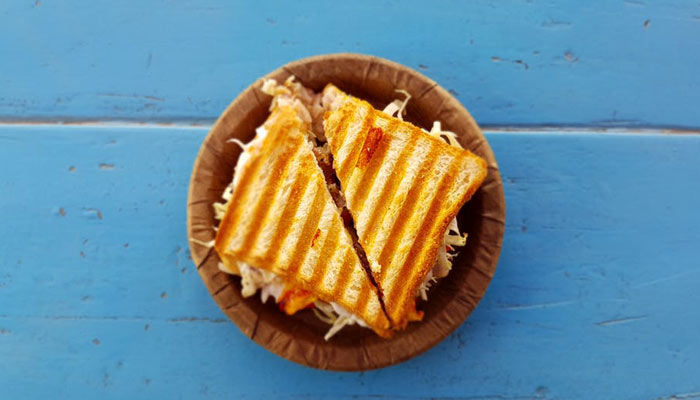The Thing Which Unites A Divided World – Foods and Delicacies.
- Ravleen Chawla
- Sep 27, 2017
- 3 min read
The victual habit bespeaks about the cultural and social landscapes which particular place encompasses within itself. Food is the most conspicuous reflection which a person is subjected to in a new place. The local and national delicacies foster healthy relations among the counterparts. During the age of hunter-gatherers, food was the only medium of unity in a rough and unforgiving environment. This tradition has transcended the years and still is the medium of camaraderie in this world of borders.
Culture and the delicacies:

This planet is a diverse piece of rock covered with water and a sporadic spread of land. These land and some parts of the water are divided into 206 major parts and many sub-parts. Each such country is a host to many victual traditions with some very specific delicacies. These delicacies change rapidly with the cultural landscape. The various cultural realms have their own such delicacy.
The northern realm:

The northernmost parts of the world include countries like Canada, Poland, Finland, and Russia. The delicacies of these countries revolve around a central dish of meat. Being comparatively colder countries meat provide a much-needed warmth. Dagestani mutton from the Caucasus is the most well-known delicacy of Russia while Golonka or braized pig thigh washed with beer is famous in Poland and Finland. Canada is completely dominated by Maple syrup without which the pancakes would taste like cardboard.
Delicacies of the royal countries:

Moving south, one would encounter delicacies like potato chips and hot dogs in the United States. Roasted beef is complemented by baked peas along with Caviar in the United Kingdom. Tacos are very famous in Mexico and should be on the list of a tourist's must-try delicacies. Sauerbraten or roasted meat after being marinated in wine or vinegar for 7-10 days, is a loved grub in Germany. Wine and wine-related food dominate the food map of France.
In and around the seas:

The Mediterranean cultural realm is proud of its own delicacies like the seafood paella in Spain while the pasta and pizza represent Italy on the global delicacy map. Seafood like shrimp saganaki and fried squid are devoured with pleasure in the land around the Aegean. The Baltic realm is dominated by delicacies made of fish, meat, and potatoes.
Must Read:
The desert cuisine:

Taking an eastward route, the Arabian delicacies just cannot be looked over. Dishes like saffron rice, beef, Palestinian salad, fattoush and Lukman al-qadi exude the pure scent of the Arabian royalty.
The mandarin food:

Travelling further east and one would step into the mandarin culture. Racially a unique cultural realm, China still influences the food map with dishes like:
Manchurian
Hakka noodles; and
Schezwan dishes
The uniqueness pops of the Chinese dishes as they are named after the provinces they belong to.
The Indian delicacies:

Further south, the Indian culture is a diverse mixture of several other sub-cultures in which the major ones include the Aryan and the Dravidian culture. The 250 years of the Mughal rule also manifests itself in the much-loved biryanis and kebabs. The South Indian dosas and idlies are also wholesome delicacies.
The South-East Asia is more famous in the food world for it roasted tarantulas and fried crickets. Chicken gravy and rice are considered a delicacy in Singapore while roasted pork and beef are lavishly eaten in Thailand and Vietnam.
The “land down under” is much famous for ostrich egg omelettes that make it a standout on the global cuisine context.
These delicacies have served as cultural markers for hundreds of years and are continuing to do so by uniting the world infested with borders and interests. Foods will always continue to do this in times to come.















Comments